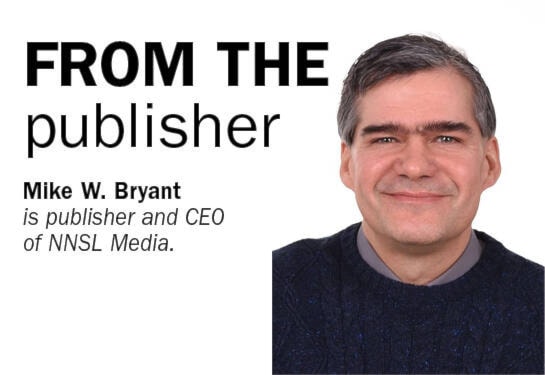I went ahead and completed the Covid-19 Lessons Learned questionnaire the territorial government offered the public last month.
While it offers space for comments, I thought I’d skip that portion and provide my commentary here so everyone can see what I have to say about the GNWT’s Covid response and general observations after two years of public health orders. I assume somebody is actually going to read these surveys but it seems kind of pointless for a news publisher such as myself to be offering opinion into the anonymous void of an online questionnaire, so here it goes:
After weeks of initially telling Northerners the risk of contracting Covid was low, chief public health officer Kami Kandola, like most medical authorities in North America, suddenly shifted gears and everything changed for everybody virtually overnight.
Up went the drawbridge and out went the lights on many things we never knew a want for – dinner with family and friends, getting a haircut, trips down south, taking children to playgrounds. We ran out of toilet paper early on but as we would learn, that was the least of our worries.
Some businesses – among them grocery stores, liquor outlets and taxis – were deemed essential and bore the burden of what that entailed in a time of pandemic. Others wore the scarlet letter of being “non-essential,” and were either shut down entirely or forced to curtail or immensely alter their services.
Doctors and nurses, in particular, were heroes – the thin, frontline in a battle against a mysterious and terrifying disease – although few people contracted any, at least not during the first year. Households certainly got to know each other well during the first year of the pandemic. If you were a parent working from home with children, Minecraft was an annoying but much welcomed friend.
Many hearts broke, unable to afford or accommodate the two-week quarantine that came with travelling outside the territory to see loved ones or to have those loved ones visit us. The Northwest Territories is a vast, beautiful corner of the world but many of us couldn’t help but feel like prisoners through 2020 and much of 2021.
That said, we were safe, that much we knew for sure. The travel restrictions exacted a heavy toll but there can be no doubt, just as the Venetians knew during the bubonic plague many centuries before us, that quarantines work, if that is what’s required.
Health officials certainly felt justified during the early days of the pandemic as we waited for a vaccine to deliver us back to “normal.” The justification diminished, however, as time wore on and it became apparent that Covid was not as dangerous to healthy individuals and the vaccines proved ineffective at preventing its spread, especially when Omicron appeared.
The travel restrictions undoubtedly spared us much misery that first year, and life somewhat return to normal by the summer of 2020. Restaurants reopened (to limited seating capacity), school resumed in the fall, though masked, government workers began trickling back to the office.
Mistrust exacerbated
For a while it looked possible that we could segue nicely into the mostly fully-vaccinated post-pandemic final stage of the GNWT’s original Emerging Wisely Plan. And then … all hell broke loose.
We knew in May of last year that even the fully vaccinated could still get Covid and spread it but the government went ahead and lifted travel restrictions for vaccinated residents the following month. For the first time in the territory we saw deaths, although it was quickly learned on social media from families of the deceased that most of them were very elderly when they passed. The GNWT proved highly reluctant to release demographic information on the dead, citing “privacy” concerns, which I think only exacerbated mistrust.
Whatever value the GNWT saw in the Covid secretariat, it proved entirely incapable of managing the minutiae of people’s lives as cases mounted and people wanted to travel. It took six weeks to get approval to bring my fully-vaccinated parents up North last summer, including 11th hour entreaties to a vacationing Kandola and Health Minister Julie Green. I was grateful for their help but I’m sure they had better things to do. Nonetheless, it’s difficult to see how our government could have done much better, given what was going on in the rest of the world. Every government was locking its citizens down and enforcing increasingly arbitrary rules with each passing wave, and then reopening when they thought the coast was clear. The GNWT can count among its successes during the early days of the pandemic keeping the virus out of the territory, although we now well know the consequences – a destabilized workforce, especially medical staff, and skyrocketing living costs. This must be considered more carefully should another pandemic arise.
The GNWT also knew well when to pull the plug on its public health orders, unlike its counterparts with the federal government in Ottawa. I was in the capital last week, in the dank basement of the Marriott Hotel attending a Tom Green comedy show, not a mask in sight. The next morning I was on a half-empty plane back to Yellowknife choking on my damp face covering. How does this make sense?
Anyway, I could say a lot more but commenting by keyboard is exhausting. Perhaps an oral public hearing, as I suggested back in April, would prove a more efficient way to recount people’s recollections.
As for our MLAs, I note they are being asked to provide their feedback through a separate portal. I trust, in the interest of transparency, that their answers will be made public.
